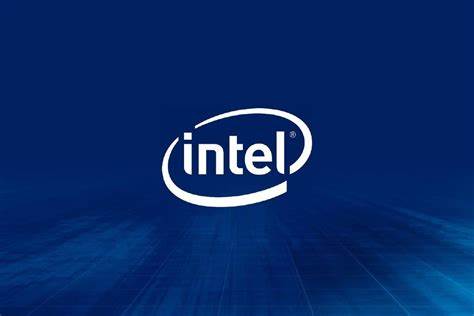Intel’s recent restructuring, which delineates its Product and Foundry segments for separate financial reporting, marks a significant shift in the company’s operational strategy. This move is driven by Intel’s ambition to enhance efficiency, accountability, and profitability by fostering greater transparency and focus within its organizational structure. By treating Product (fabless) and Foundry (including internal manufacturing) as distinct business units, Intel aims to optimize resource allocation, streamline decision-making processes, and align incentives to drive performance across the organization.
The rationale behind this restructuring is multifaceted. Firstly, it enables Intel to better manage costs and allocate resources by providing clearer visibility into the financial performance of each business segment. This, in turn, allows the company to identify areas of strength and opportunities for improvement, facilitating strategic decision-making and resource prioritization. Additionally, the separation of Product and Foundry segments fosters accountability, as each unit is now responsible for its own financial results and performance metrics. This encourages greater ownership and accountability among employees, driving a culture of performance and efficiency throughout the organization.
From a strategic perspective, the restructuring aligns with Intel’s broader objectives of maintaining competitiveness and driving growth in a rapidly evolving industry landscape. By optimizing its manufacturing capabilities and leveraging its technological expertise, Intel aims to strengthen its position in key markets such as data centers, artificial intelligence, and autonomous vehicles. The distinct reporting of the Foundry segment reflects Intel’s commitment to expanding its foundry business and capitalizing on the growing demand for semiconductor manufacturing services.
Despite the strategic rationale behind the restructuring, analysts like Bank of America’s Vivek Arya offer nuanced perspectives on Intel’s future trajectory. Arya highlights both bullish and bearish factors influencing Intel’s outlook, underscoring the complexity of the semiconductor market and the challenges facing the company.
On the positive side, Arya points to potential catalysts such as a cyclical rebound in demand, driven by inventory normalization and the impending end-of-life cycle for Windows 10. Additionally, innovations such as Apple’s M4 refresh for its Mac lineup could create new opportunities for Intel’s products, particularly in the AI-powered PC segment. However, Arya also acknowledges significant headwinds, including Intel’s lag in the AI field compared to its peers and increasing competition in the foundry business from established players like TSMC and Samsung.
Arya’s cautious stance, reflected in his Neutral rating on Intel shares and adjusted price target, underscores the uncertainty surrounding Intel’s future growth prospects. While the restructuring may enhance operational efficiency and transparency, the company still faces challenges in maintaining competitiveness and driving sustainable growth in a rapidly evolving industry landscape.
As investors evaluate Intel’s restructuring and its implications for future performance, a thorough understanding of the company’s strategic objectives, competitive dynamics, and market trends is essential. By considering both bullish and bearish perspectives, investors can make informed decisions about Intel’s prospects and its position within the semiconductor industry.
